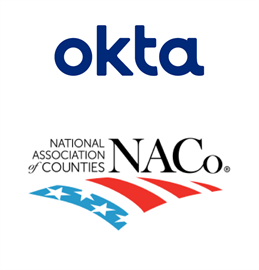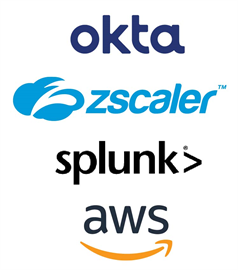AVAILABLE 24x7
888.662.2724
AVAILABLE 24x7
(888) 66CARAH
Fast & Accurate
Request A Quote
Quick Response
Chat With Us
Carahsoft, in conjunction with its vendor partners, sponsors hundreds of events each year, ranging from webcasts and tradeshows to executive roundtables and technology forums.
Government Events and Resources
Events
Archived Events

Okta Webcast
Event Date: October 12, 2022
Hosted By: Okta, LexisNexis, & Carahsoft
Hosted By: Okta, LexisNexis, & Carahsoft
Moving away from inefficient legacy cybersecurity solutions and practices is critical to helping colleges and universities stop student financial aid and identity fraud.Applicant's identities are rarely verified, which can result in colleges and universities issuing funds to bad actors instead of students. What ...

Multi-Vendor Webcast
Event Date: September 13, 2022
Hosted By: Okta, AWS Marketplace & Carahsoft
Hosted By: Okta, AWS Marketplace & Carahsoft
Zero trust is vital for our nation’s cybersecurity modernization, as reinforced by Executive Order 14028. To accelerate adoption, CISA drafted a simple Maturity Model that provides five pillars of zero trust: Identity, Device, Network, Workload, and Data. Even with a simple model to follow, a zero trust journey can be long ...

Multi-Vendor Virtual Event
Event Date: August 17, 2022
Hosted By: FCW & Carahsoft
Hosted By: FCW & Carahsoft
Identity takes center stage as zero trust implementations grow. Identity has been key to individual access to information for some time in government, but it has often been based on physical access cards. As the federal government now begins a move to accommodate more mobile devices in non-traditional environments, agencies ...

Just as technology has been constantly changing and evolving, so has DOD’s strategy for the best way to modernize the tools it provides to the warfighters and their business support services. In 2018, the agency released a strategy to use cloud technology, which has been revised over the intervening years to reflect the ...

Across the nation, counties are sprinting toward the future of digital government.

Multi-Vendor Webcast
Event Date: March 09, 2022
Hosted By: Okta, Zscaler, Splunk, Amazon Web Services & Carahsoft
Hosted By: Okta, Zscaler, Splunk, Amazon Web Services & Carahsoft
Zero trust is at the cornerstone of every agency’s cybersecurity plan. You didn't need the Cybersecurity Executive Order (EO 14028) to mandate it. Yet it raises many questions, despite reams of guidance from NIST, CISA, and OMB. With the recent release of OMB’s Zero Trust Strategy, agencies have a clearer roadmap on the ...

Multi-Vendor Webcast
Event Date: December 16, 2021
Hosted By: AWS & Carahsoft
Hosted By: AWS & Carahsoft
In this session, Chad Peterson, Senior Sales Engineer at Okta, discussed how to retire costly legacy infrastructure and complex code development by modernizing your agency's IT platform with a modern identity infrastructure.
Resources

Datasheet
CyberArk Identity’s Security Details and Architecture Built to Achieve FedRAMP High
CyberArk Identity delivers a comprehensive identity and access management (IAM) solution for federal agencies by combining authentication with contextual authorization and identity management. With the FedRAMP High Authorization certification and authority to operate (ATO), CyberArk Identity is positioned to
confidently engage with government agencies to address cyber risks at federal, state, and local levels.
Fill out the form below to view this Resource.
